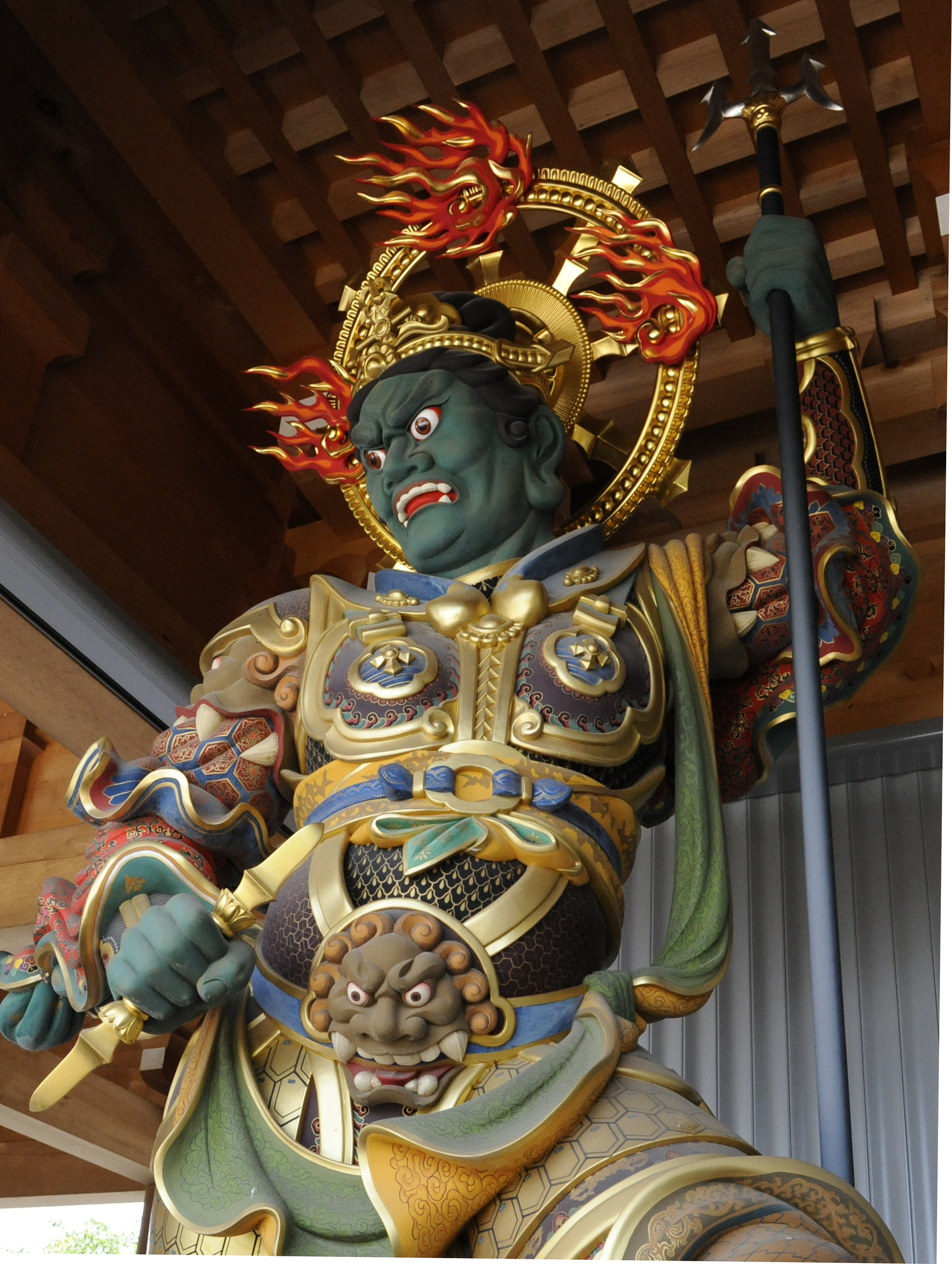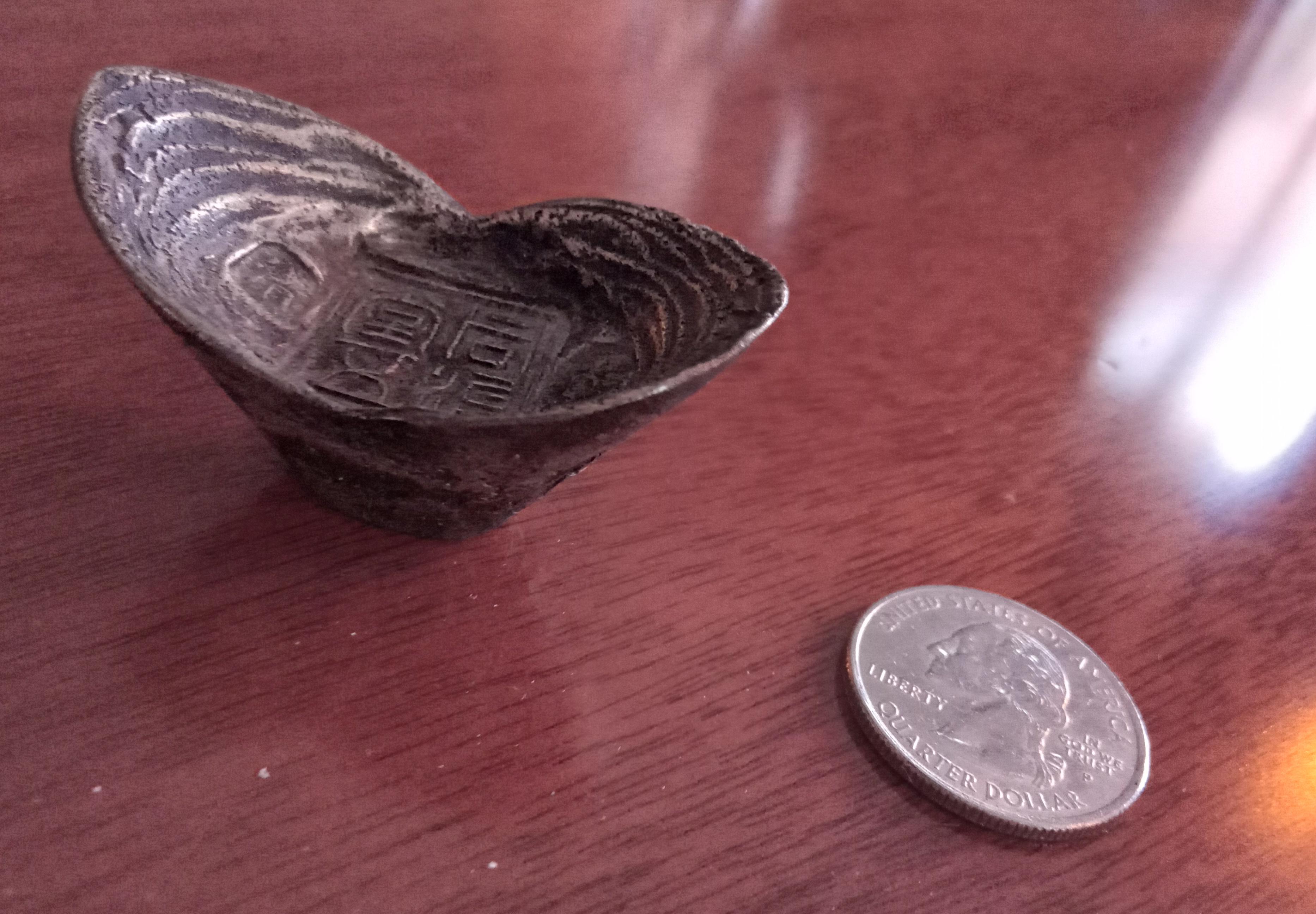|
Dinghui Temple
Dinghui Temple () was built in 591 AD during the Sui dynasty. According to the ''Xugao Sengzhuan'', written by a monk called Daoxuan during the Tang dynasty, the emperor Yang of Sui held a meeting involving thousands of monks in Yangzhou. During the meeting the founder of Tiantai Buddhism passed by and decided to build a temple in Rugao. He took apart many houses nearby and built the temple. An accompanying pagoda was built at the same time. Brief introduction Dinghui Temple was seriously damaged due to a series of wars during the Song dynasty. At the time of the reign of the Jiajing emperor during the Ming Dynasty, the Yangzhou government donated 46,410 taels to the city of Rugao in order to repair the entire city since they were the victims of frequent raids by wokou ("Japanese" pirates). During the reign of the Wanli emperor, Dinghui Temple was totally rebuilt and a scripture library was added. In November 1983, the People's Government of Jiangsu Province decided to open the ... [...More Info...] [...Related Items...] OR: [Wikipedia] [Google] [Baidu] |
Wokou
''Wokou'' (; Japanese: ''Wakō''; Korean: 왜구 ''Waegu''), which literally translates to "Japanese pirates" or "dwarf pirates", were pirates who raided the coastlines of China and Korea from the 13th century to the 16th century.Wakō Encyclopaedia Britannica The wokou came from , , and ethnicities which varied over time and raided the mainland from islands in the |
Virūpākṣa
Virūpākṣa (Sanskrit; Pali: Virūpakkha; traditional Chinese: 廣目天王; simplified Chinese: 广目天王; pinyin: ''Guǎngmù Tiānwáng''; Japanese: 広目天 ''Kōmokuten'') is a major deity in Buddhism. He is one of the Four Heavenly Kings and a dharmapala. Names The name ''Virūpākṣa'' is a Sanskrit compound of the words ''virūpa'' (ugly; deformed) and ''akṣa'' (eyes). Buddhaghosa interpreted ''virūpa'' as also meaning "various", which lends to the understanding that Virūpākṣa is endowed with clairvoyance. Other names include: *traditional Chinese: 廣目天王; simplified Chinese: 广目天王; pinyin: Guǎngmù Tiānwáng; Korean: 광목천왕 ''Gwangmok Cheonwang''; Vietnamese: ''Quảng Mục Thiên'', a calque of Sanskrit ''Virūpākṣa'' *Traditional Chinese: 毘楼博叉; pinyin: Bílóubóchā; Japanese: ''Birubakusha''; Korean: 비류박차 ''Bilyubagcha''; Vietnamese: ''Tỳ Lưu Bác Xoa''. This is a transliteration of the original Sanskrit name ... [...More Info...] [...Related Items...] OR: [Wikipedia] [Google] [Baidu] |
Vaiśravaṇa
(Sanskrit: वैश्रवण) or (Pali; , , ja, 毘沙門天, Bishamonten, ko, 비사문천, Bisamuncheon, vi, Đa Văn Thiên Vương), is one of the Four Heavenly Kings, and is considered an important figure in Buddhism. Names The name is a derivative (used, e.g., for patronymics) of the Sanskrit proper name from the root "hear distinctly", (passive) "become famous". The name is derived from the Sanskrit ' which means "son of Vishrava", a usual epithet of the Hindu god Kubera. is also known as Kubera and Jambhala in Sanskrit and Kuvera in Pāli. Other names include: * , a calque of Sanskrit ' * . This was a loanword from into Middle Chinese with the addition of the word "heaven, god" * , THL ''Namthöse'', "Prince All-Hearing", a calque of Sanskrit ' * mn, Баян Намсрай is a loan from Tibetan ''thos sras'', a short form of Tibetan ''rnam thos sras'' with the addition of an honorific * th, ท้าวกุเวร ''Thao Kuwen'' or ''Thao Wetsu ... [...More Info...] [...Related Items...] OR: [Wikipedia] [Google] [Baidu] |
Dhṛtarāṣṭra
Dhṛtarāṣṭra (Sanskrit; Pali: ''Dhataraṭṭha'') is a major deity in Buddhism and one of the Four Heavenly Kings. His name means "Upholder of the Nation." Names The name ''Dhṛtarāṣṭra'' is a Sanskrit compound of the words ''dhṛta'' (possessing; bearing) and ''rāṣṭra'' (kingdom; territory). Other names include: *Traditional Chinese: 持國天; Simplified Chinese: 持国天; pinyin: Chíguó Tiān; Japanese language, Japanese: Jikokuten; Korean language, Korean: 지국천 Jiguk cheon; Vietnamese language, Vietnamese: Trì Quốc Thiên, a calque of Sanskrit ''Dhṛtarāṣṭra'' *Traditional Chinese: 提頭頼吒; Simplified Chinese: 提头赖吒; pinyin: Títóulàizhā; Japanese language, Japanese: Daizurata; Korean language, Korean: 제두뢰타; Vietnamese language, Vietnamese: Đề-đầu-lại-tra. This is a transliteration of the original Sanskrit name. *Classical Tibetan, Tibetan: ཡུལ་འཁོར་སྲུང, Wylie: yul 'khor srung, THL ... [...More Info...] [...Related Items...] OR: [Wikipedia] [Google] [Baidu] |
Virūḍhaka (Heavenly King)
Virūḍhaka is a major deity in Buddhism. He is one of the Four Heavenly Kings and a dharmapala. Names The name ''Virūḍhaka'' comes from the identical Sanskrit term, which refers to sprouting grain. As such, his name means "increase" or "growth.". Other names include: *Traditional Chinese: 增長天; simplified Chinese: 増長天; pinyin: ''Zēngzhǎng Tiānwáng''; Japanese: ''Zōjōten'' or ''Zōchōten''; Korean: 증장천왕 ''Jeungjang Cheonwang''; Vietnamese: Tăng Trưởng Thiên, a calque of Sanskrit Virūḍhaka *Traditional Chinese: 毘楼勒叉; pinyin: ''Bí lóu lè chā''; Japanese: ''Birurokusha''; Korean: 비루늑차''Biluneugcha''; Vietnamese: ''Tỳ Lưu Ly.'' This is a transliteration of the original Sanskrit name. *Tibetan: འཕགས་སྐྱེས་པོ, Wylie: 'phags skyes po, THL: Pak Kyepo, "Noble Birth" *Thai: ท้าววิรุฬหก Thao Virunhok is an honorific plus the modern pronunciation of Pali Virūḷhaka. Characteristics ... [...More Info...] [...Related Items...] OR: [Wikipedia] [Google] [Baidu] |
Four Heavenly Kings
The Four Heavenly Kings are four Buddhist gods, each of whom is believed to watch over one cardinal direction of the world. In Chinese mythology, they are known collectively as the "Fēng Tiáo Yǔ Shùn" () or "Sìdà Tiānwáng" (). In the ancient language Sanskrit, they are called the "Chaturmahārāja" (चतुर्महाराज) or "Chaturmahārājikādeva": "Four Great Heavenly Kings". The Hall of Four Heavenly Kings is a standard component of Chinese Buddhist temples. Names The Kings are collectively named as follows: The Four Heavenly Kings are said to currently live in the Cāturmahārājika heaven (Pali: Cātummahārājika, "Of the Four Great Kings") on the lower slopes of Mount Sumeru, which is the lowest of the six worlds of the devas of the Kāmadhātu. They are the protectors of the world and fighters of evil, each able to command a legion of supernatural creatures to protect the Dharma. File:Guardian of Phra Meru Mas of Bhumibol Adulyadej - Vessav ... [...More Info...] [...Related Items...] OR: [Wikipedia] [Google] [Baidu] |
Chinese Units Of Measurement
Chinese units of measurement, known in Chinese as the ''shìzhì'' ("market system"), are the traditional units of measurement of the Han Chinese. Although Chinese numerals have been decimal (base-10) since the Shang dynasty, Shang, several Chinese measures use hexadecimal (base-16). Local applications have varied, but the Chinese dynasties usually proclaimed standard measurements and recorded their predecessor's systems in Chinese dynastic histories, their histories. In the present day, the People's Republic of China maintains some customary units based upon the market units but standardized to round values in the metric system, for example the common ''jin'' or catty (unit), catty of exactly 500gram (unit), g. The Chinese name for most metric units is based on that of the closest traditional unit; when confusion might arise, the word "market" (, ''shì'') is used to specify the traditional unit and "common" or "public" (, ''gōng'') is used for the metric value. Taiwan, like Ko ... [...More Info...] [...Related Items...] OR: [Wikipedia] [Google] [Baidu] |
Wanli Emperor
The Wanli Emperor (; 4 September 1563 – 18 August 1620), personal name Zhu Yijun (), was the 14th Emperor of the Ming dynasty, reigned from 1572 to 1620. "Wanli", the era name of his reign, literally means "ten thousand calendars". He was the third son of the Longqing Emperor. His reign of 48 years (1572–1620) was the longest among all the Ming dynasty emperors and it witnessed several successes in his early and middle reign, followed by the decline of the dynasty as the emperor withdrew from his active role in government around 1600. Early reign (1572–1582) Zhu Yijun ascended the throne at the age of eight and adopted the regnal name "Wanli", thus he is historically known as the Wanli Emperor. For the first ten years of his reign, he was aided by a notable statesman, Zhang Juzheng, who governed the country as Wanli's regent. During this period, the Wanli Emperor deeply respected Zhang as a mentor and a valued minister. Archery competitions, equestrianism and calligraphy ... [...More Info...] [...Related Items...] OR: [Wikipedia] [Google] [Baidu] |
Tael
Tael (),"Tael" entry at the . also known as the tahil and by , can refer to any one of several used in and |
Sui Dynasty
The Sui dynasty (, ) was a short-lived imperial dynasty of China that lasted from 581 to 618. The Sui unified the Northern and Southern dynasties, thus ending the long period of division following the fall of the Western Jin dynasty, and laying the foundations for the much longer lasting Tang dynasty. Founded by Emperor Wen of Sui, the Sui dynasty capital was Chang'an (which was renamed Daxing, modern Xi'an, Shaanxi) from 581–605 and later Luoyang (605–18). Emperors Wen and his successor Yang undertook various centralized reforms, most notably the equal-field system, intended to reduce economic inequality and improve agricultural productivity; the institution of the Five Departments and Six Board (五省六曹 or 五省六部) system, which is a predecessor of Three Departments and Six Ministries system; and the standardization and re-unification of the coinage. They also spread and encouraged Buddhism throughout the empire. By the middle of the dynasty, the newly unifi ... [...More Info...] [...Related Items...] OR: [Wikipedia] [Google] [Baidu] |
Ming Dynasty
The Ming dynasty (), officially the Great Ming, was an Dynasties in Chinese history, imperial dynasty of China, ruling from 1368 to 1644 following the collapse of the Mongol Empire, Mongol-led Yuan dynasty. The Ming dynasty was the last orthodox dynasty of China ruled by the Han Chinese, Han people, the majority ethnic group in China. Although the primary capital of Beijing fell in 1644 to a rebellion led by Li Zicheng (who established the short-lived Shun dynasty), numerous rump state, rump regimes ruled by remnants of the House of Zhu, Ming imperial family—collectively called the Southern Ming—survived until 1662. The Ming dynasty's founder, the Hongwu Emperor (r. 1368–1398), attempted to create a society of self-sufficient rural communities ordered in a rigid, immobile system that would guarantee and support a permanent class of soldiers for his dynasty: the empire's standing army exceeded one million troops and the naval history of China, navy's dockyards in Nanjin ... [...More Info...] [...Related Items...] OR: [Wikipedia] [Google] [Baidu] |








